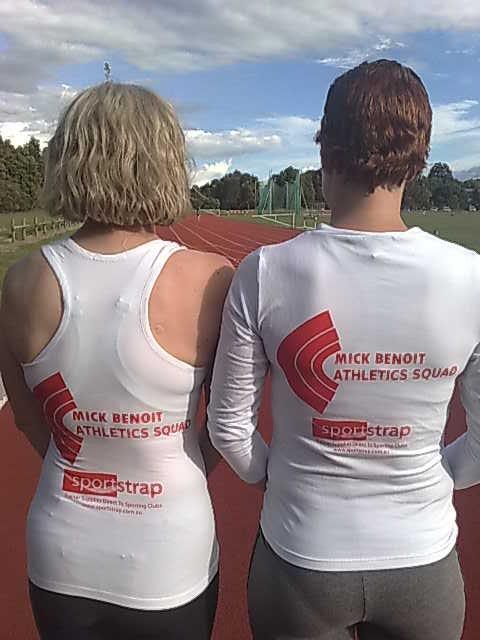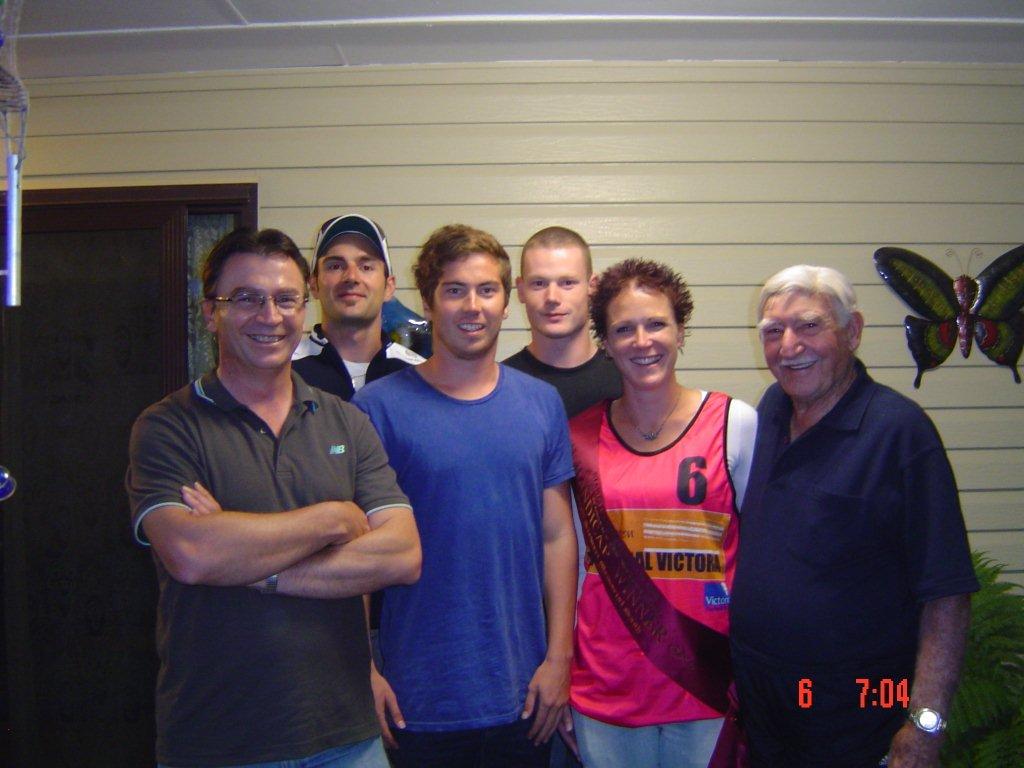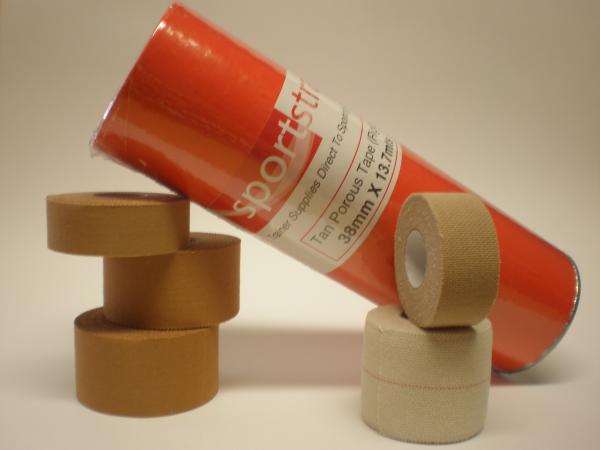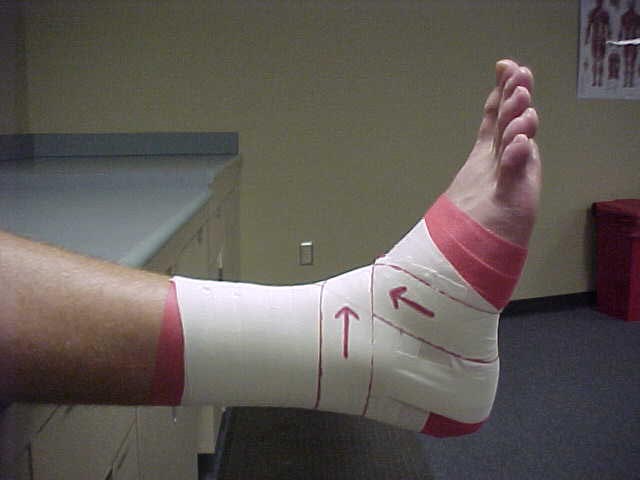 Those that have suffered shin soreness due to flat feet, fallen arches, or Plantar Fasciitis , will know that it can be a painful condition affecting the tissue in the foot arch that connects the heel bone and toes.
Those that have suffered shin soreness due to flat feet, fallen arches, or Plantar Fasciitis , will know that it can be a painful condition affecting the tissue in the foot arch that connects the heel bone and toes.
Plantar fasciitis treatment can take a few different forms such as orthotics and taping, one technique that can assist recovery is plantar fasciitis taping.
So I would like to share with you a great plantar fasciitis strapping technique in the video below, which shows how to apply Rigid Strapping Tape to the foot arch. Enjoy!
Great Technique to Tape for Arch Support
(courtesy of highly experienced Sports Trainer, Cam Wray, ex-international and national rugby sports trainer)
Cam’s method of strapping for plantar fasciitis, or low-dye taping, is a sound technique and use the following steps:
- a lax anchor around the ball of the foot
- 2-3 figure-8’s starting from anchor around the heel (with tension) and crossing back to the anchor
- 1 strip around the outside of the foot and the heel and back on the opposite side
- then a series of lateral strips, from outside to inside of the foot locking the previous strips all together and lifting the arch up
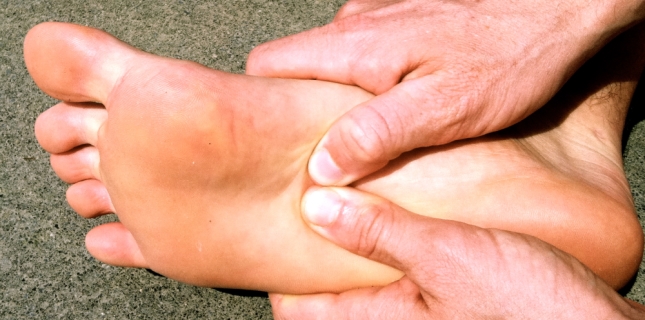
Preparation for Plantar Fasciitis Taping
Before you start low-dye taping, for optimum results it is recommended to prepare the foot by doing the following:
- Wipe the foot with a clean dry rag, removing any sweat or contaminates that will reduce the tape adhesion.
Correct Tape Tension
When taping the feet to support the plantar fascia, remember not to tape the anchor to tight, as it will prevent the proper foot movement and will become uncomfortable for the athlete.
It is also important when applying the figure-8’s and lateral strips, to apply good tension, keeping in mind that you want to pull the arch up for support.
What items do you need for Plantar Fasciitis Strapping?
To tape for flat feet properly, you will need the following items:
| Adults: 38mm Rigid Strapping Tape |
Youths: 25mm Rigid Strapping Tape |
Here’s What You Need To Do Next…
First…
I want you to leave me a comment on this page, and let me know what else you’d like to learn in this SportStrap “How To Strap” series.
Then…
While this method is quiet simple, make sure you practice it once or twice in the next week, while its fresh in your mind.
And finally…
Let me know what you think of the SportStrap “How To Strap” series. Remember subscribe to this newsletter below if you haven’t already.
For links to Previous episodes, here you go:
- How to strap an ankle
- How to strap a knee
- How to strap a shoulder
- How to tape an ankle for extreme support
- How to strap for patella instability
- How to apply the double shoulder strapping technique
Have a most outstanding day,
Cade Arnel
SportStrap.com.au ©2013

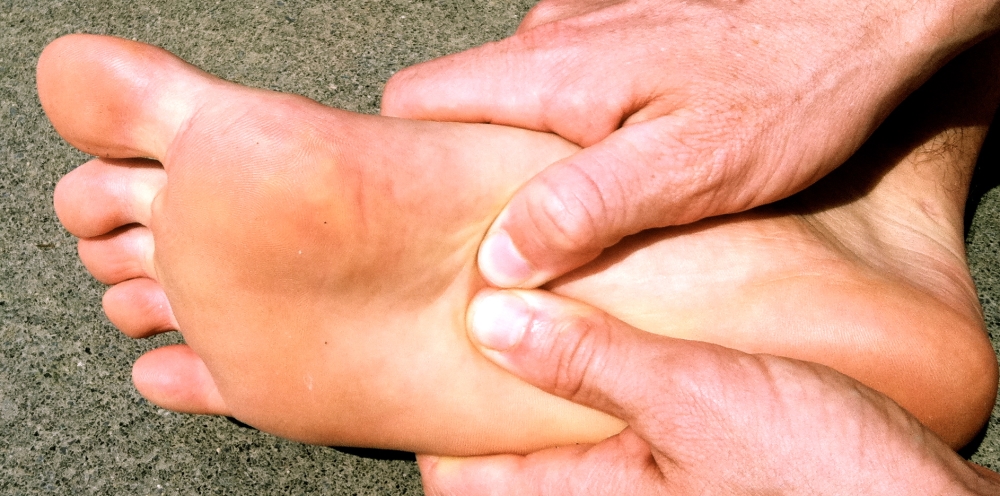
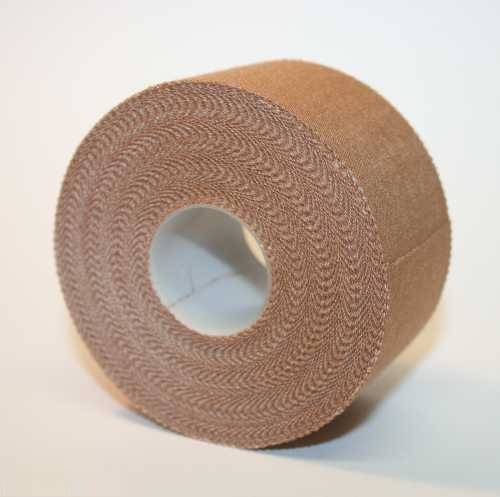
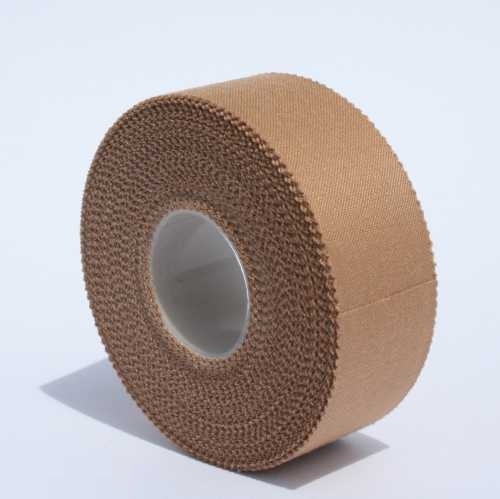
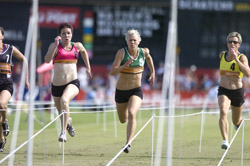 With the 2011 Stawell Gift only weeks away, Sportstrap is proud to announce our sponsorship support for Mick Benoit’s Ballarat Athletics Squad.
With the 2011 Stawell Gift only weeks away, Sportstrap is proud to announce our sponsorship support for Mick Benoit’s Ballarat Athletics Squad.